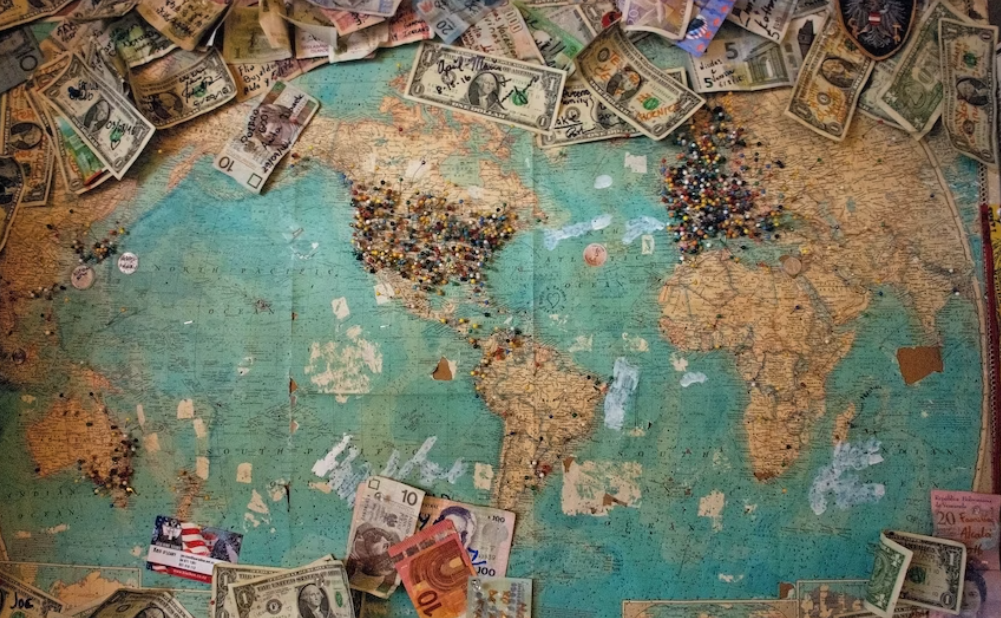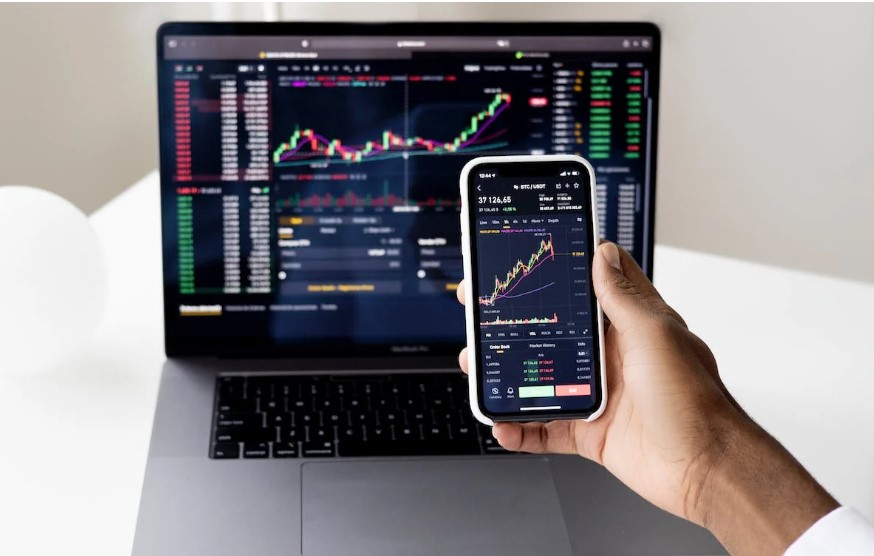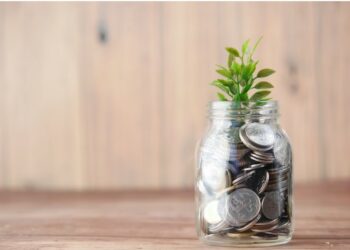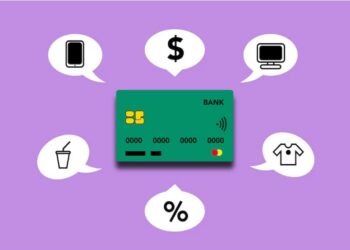Africa is a continent that is abundant with natural resources. However, it has often faced a narrative of economic decline. This narrative was further increased by the residual impacts of the COVID-19 pandemic, internal conflicts, and global supply chain disruptions. Despite this prevailing notion, numerous African economies have demonstrated resilience in their economies.
A strong currency enhances the buying power of both individuals and businesses within a nation. This strength in currency leads to lower costs for imported goods, thereby addressing a significant issue many African governments have faced in recent years.
Additionally, a stronger currency typically boosts investor confidence, as it draws foreign investors looking for stable and profitable ventures. Investors are more likely to allocate funds to countries with strong currencies. This is because these investments can yield higher returns when converted back to their domestic currency.
Finally, if you’re curious about which African economies are defying challenges and thriving, this article highlights the top ten African currencies. This ranking is based on the exchange rate of each currency, courtesy of data from Google Finance.
In this post, we’ll walk you through the top African currencies of 2024, comparing them against the US dollar. Let’s get into it!

Tunisian Dinar (TND)
The Tunisian dinar is the official currency of Tunisia, a country located along the Mediterranean coast of North Africa. They introduced it on November 1, 1958, when the dinar replaced the Tunisian franc at a conversion rate of 1,000 francs to one dinar. This change was a significant step in Tunisia’s move toward economic and political sovereignty after the end of French colonial rule. Hence, today, the Tunisian dinar is the strongest currency in Africa and ranks among the top globally for its performance. It is notably stable and exhibits low volatility against international inflation, making it one of the most reliable currencies in Africa.
The current exchange rate is 1 TND to 0.320 USD.
Libyan Dinar (LYD)
The Libyan dinar, designated as LYD, holds the position of the second-strongest currency in Africa. It serves as the official currency of Libya, another North African nation. They introduced the currency in 1971 to replace the Libyan pound, when the exchange rate was set at 1 dinar for 10 pesos. Due to its strength, the Libyan dinar also boasts a relatively low volatility index when compared to other currencies.
The current exchange rate is 1 LYD to 0.210 USD.
Moroccan Dirham (MAD)
The Moroccan dirham (MAD) is the national currency of Morocco in North Africa. They reintroduced it in 1960, taking the place of the Moroccan Franc. Since King Mohammed VI acceded to power in 2011, the dirham has experienced significant growth. This surge is largely attributed to the king’s implementation of free-market reforms that have contributed to the country’s economic stability.
The current exchange rate is 1 MAD to 0.098 USD.

Ghanaian Cedis (GHS)
The Ghanaian cedi (GHS) is the official currency of Ghana, a West African country. They introduced it in 1965 to replace the Ghanaian pound at a rate of 2.4 cedis for every pound. In a significant monetary reform in 2007, the new Ghanaian cedi (GHS) replaced the old cedi (GHC) at a rate of 1 new cedi for 10,000 old cedis. The Ghanaian cedi ranks among the strongest currencies in Africa.
The current exchange rate is approximately 1 GHS to 0.074 USD.
Seychellois Rupee (SCR)
The Seychellois Rupee serves as the official currency of the Seychelles. Seychelles is a picturesque archipelago of 115 islands situated in the Indian Ocean, just off the coast of East Africa. The economy of the Seychelles is relatively small and open, heavily reliant on tourism and fishing for its livelihood. In terms of value, the Seychellois rupee ranks as one of the highest currencies in Africa.
The current exchange rate is 1 SCR to 0.073 USD.
Botswana Pula (BWP)
The Botswana Pula ranks fifth on this list. It is the official currency of Botswana, a landlocked nation in southern Africa. The pula has been Botswana’s official currency since 1976 when it replaced the South African Rand. Because of its stability, the Botswana pula is among the most reliable currencies in Africa. However, it is important to note that the Pula is still closely linked to the South African Rand.
The current exchange rate is 1 BWP is 0.072 USD.
Eritrean Nakfa (ERN)
The Eritrean Nakfa is the official currency of Eritrea, located in the Horn of Africa, bordered by Sudan, Ethiopia, and Djibouti. They introduced the currency in 1997 to replace the Ethiopian Birr, which was used during Eritrea’s tenure as an Ethiopian province. The Nakfa has a fixed exchange rate that stabilizes its value, making it one of the most valuable currencies in Africa. Additionally, the Nakfa is recognized as one of Africa’s most liquid financial assets and is widely accepted for international payments.
The current exchange rate is 1 ERN to 0.067 USD
South African Rand (ZAR)
The South African Rand is the official currency of South Africa. The country has one of the continent’s strongest economies. Hence, the Rand stands out as one of Africa’s strongest currencies. The currency’s strength is greatly improved by recent economic expansions. Supporting this strength, South Africa’s GDP is growing at an annual rate of 4.6%.
The current exchange rate is 1 ZAR to 0.053 USD.

Zambian Kwacha (ZMW)
The Zambian Kwacha is Zambia’s official currency. The country introduced it in 1968 to replace the Zambian Pound. The term “kwacha” translates to “dawn” in Nyanja, one of Zambia’s major languages, symbolizing a new beginning. One key factor contributing to the Kwacha’s strength as one of Africa’s strongest currencies is Zambia’s status as the continent’s largest copper producer. The country’s abundant mineral resources, particularly copper, play a crucial role in improving the economy.
The current exchange rate is 1 ZMW to 0.040 USD.
Egyptian Pound (EGP)
The Egyptian Pound is the official currency of Egypt. They introduced it in 1834, replacing the piastre as the main unit of currency. Egypt boasts one of the world’s oldest economies and has experienced a strong economic recovery following political turmoil in recent years. This recovery has seen a significant reduction in inflation, dropping from over 30% to below 10%. For this reason, the Egyptian pound is one of the strongest currencies in Africa.
The current exchange rate is 1 EGP to 0.021 USD.
Convert Currencies on Changera
Changera offers users a feature that allows them to convert and even send funds in different currencies. This feature is the multi-currency conversion wallet, and with it, you can send and receive money in any currency anywhere in the world. With Changera, converting from one currency to another does not have to be as stressful as you might think. You don’t have to leave your house to patronize currency exchangers anymore. Likewise, you don’t have to pay ridiculous exchange fees. In fact, you can exchange any currency with the tap of a few buttons on your phone. In conclusion, using a Changera multi-currency wallet enables you to have access to currency conversion in the fastest and most secure way possible. What else are you waiting for? Join the Changera train today! Download the mobile app from the Google Play Store or the App Store to begin.







Discussion about this post